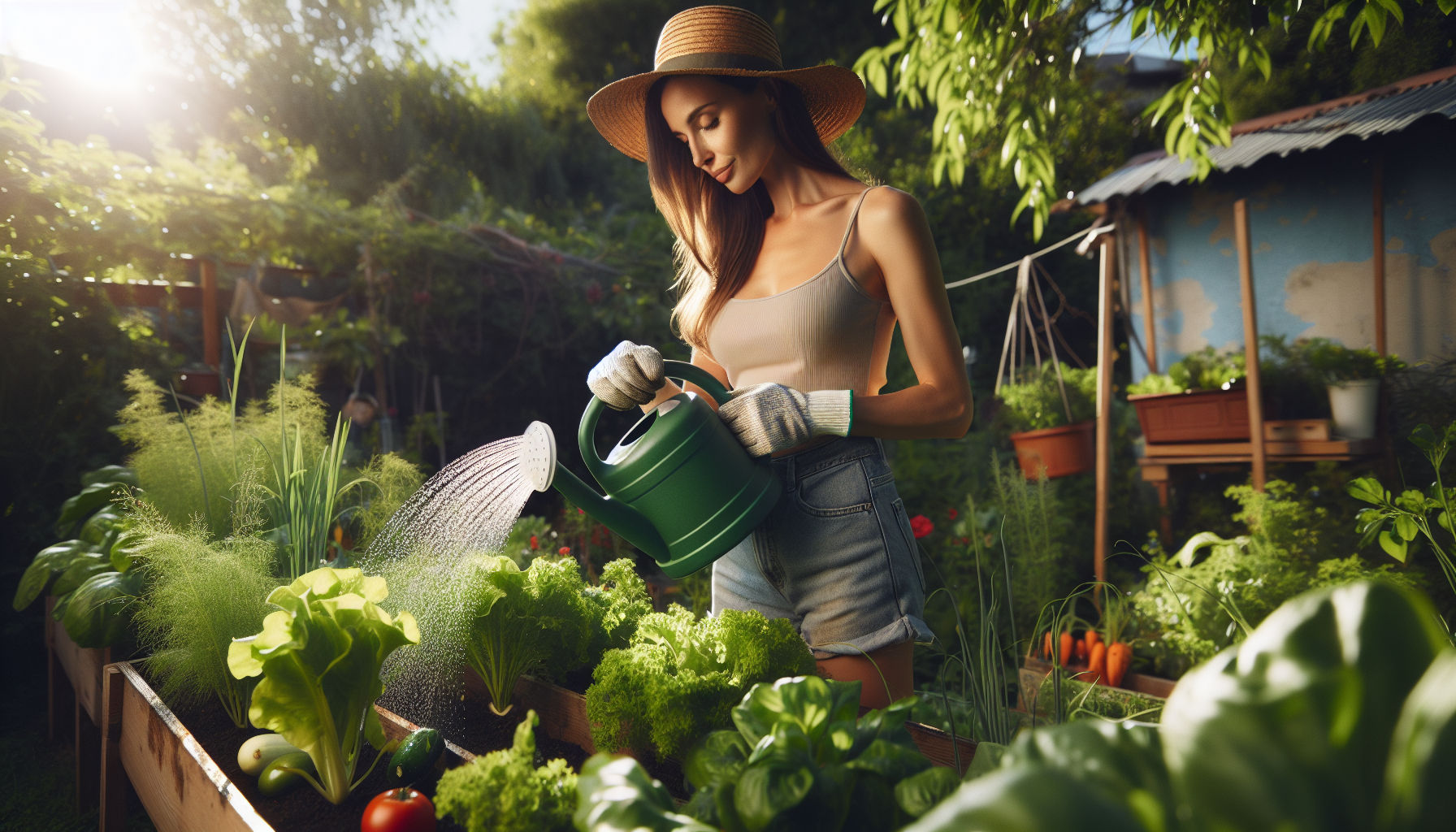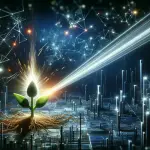Transform Your Backyard into a Free, Food-Producing Oasis

Imagine a world where you can step into your backyard and pick fresh, organic produce for your meals, all without spending a dime. Sounds like a dream, right? Well, it’s not as far-fetched as you might think. The truth is, growing your own food for free is not only possible, but it’s also easier than you might think. So, if you’re ready to take control of your food supply, reduce your grocery bill, and enjoy the satisfaction of eating food you’ve grown yourself, keep reading.
Mastering the Basics of Successful Gardening
Before you start planting, it’s essential to understand the basics of gardening. This includes knowing what plants will thrive in your climate, how to prepare your soil, and when to plant different types of crops. With this knowledge, you’ll be able to plan your garden effectively and maximize your harvest.
Remember, gardening is a learning process. Don’t be discouraged if your first few attempts don’t yield a bumper crop. With time and practice, you’ll become a seasoned gardener.
Choosing the Right Plants for Your Climate
Choosing the right plants for your climate is an essential part of successful gardening. The climate in which you live affects the type of plants that can thrive in your garden. Here are some tips to help you choose the right plants for your climate.
- Understand Your Climate Zone: The first step in choosing the right plants for your climate is understanding your climate zone. The USDA Plant Hardiness Zone Map is a useful tool for this. It divides North America into 11 separate zones, each representing a different climate. By knowing your zone, you can select plants that are most likely to thrive in your area.
- Consider the Microclimate: Within your climate zone, there may be microclimates. These are small areas where the climate differs from the surrounding area. For example, a corner of your garden that is shaded and damp may have a different microclimate than a sunny, dry spot. Consider these microclimates when choosing plants.
- Choose Native Plants: Native plants are those that naturally grow in your area. These plants are adapted to your local climate and soil conditions, making them a great choice for your garden. They also require less maintenance and are more resistant to pests and diseases.
- Consider the Season: Some plants thrive in certain seasons and struggle in others. For example, some plants may thrive in the cool, wet conditions of spring, while others may prefer the heat of summer. Consider the seasons in your area when choosing plants.
- Water Requirements: Different plants have different water needs. Some plants thrive in wet conditions, while others prefer dry soil. Consider the rainfall in your area and the water requirements of the plants you are considering.
- Sunlight Requirements: Just like water, different plants have different sunlight needs. Some plants need full sun to thrive, while others prefer shade. Consider the amount of sunlight your garden receives when choosing plants.
- Soil Type: The type of soil in your garden can also affect which plants will thrive. Some plants prefer sandy soil, while others prefer clay. Test your soil to determine its type and choose plants accordingly. By considering these factors, you can choose the right plants for your climate, ensuring a thriving, beautiful garden.
Preparing Your Soil
Healthy soil is the foundation of a successful garden. To prepare your soil for planting, you’ll need to add organic matter like compost or manure. This will improve the soil’s fertility and drainage, making it easier for your plants to grow.
If you don’t have access to compost or manure, don’t worry. You can make your own compost at home using kitchen scraps like fruit peels and coffee grounds. This is a great way to recycle waste and enrich your soil for free.
Planting Your Crops
Once your soil is prepared, it’s time to plant your crops. The best time to plant depends on the type of crop and your climate. In general, most crops should be planted in the spring after the last frost.
When planting, be sure to give your plants enough space to grow. Overcrowding can lead to competition for resources and lower yields. Also, remember to water your plants regularly, especially during dry periods.
Maintaining Your Garden
Maintaining your garden is crucial for ensuring a healthy harvest. This includes watering, weeding, and protecting your plants from pests and diseases.
While these tasks may seem daunting, they can actually be quite enjoyable. There’s something incredibly satisfying about tending to your garden and watching your plants grow.
Harvesting Your Crops
The moment you’ve been waiting for – harvest time! Knowing when to harvest your crops can be tricky. It depends on the type of crop and the desired level of ripeness. In general, it’s best to harvest in the morning when the plants are still cool.
Remember, the more you harvest, the more your plants will produce. So don’t be shy about picking your crops. Enjoy the fruits (and vegetables) of your labor!
Preserving Your Harvest
One of the challenges of growing your own food is dealing with the abundance of produce at harvest time. To prevent waste, you’ll need to learn how to preserve your harvest. This can be done through canning, freezing, or drying.
Preserving your harvest not only prevents waste, but it also allows you to enjoy your homegrown produce year-round. Imagine enjoying a bowl of homemade tomato soup in the middle of winter, made with tomatoes from your own garden!
Sow and Grow
Gardening is more than just a way to grow food for free. It’s a lifestyle that promotes self-sufficiency, sustainability, and a connection with nature. By embracing the gardening lifestyle, you’re not only improving your own life, but you’re also making a positive impact on the environment.
So, are you ready to start your gardening journey? With a bit of effort and patience, you can transform your backyard into a food-producing oasis. And the best part? It won’t cost you a dime.






